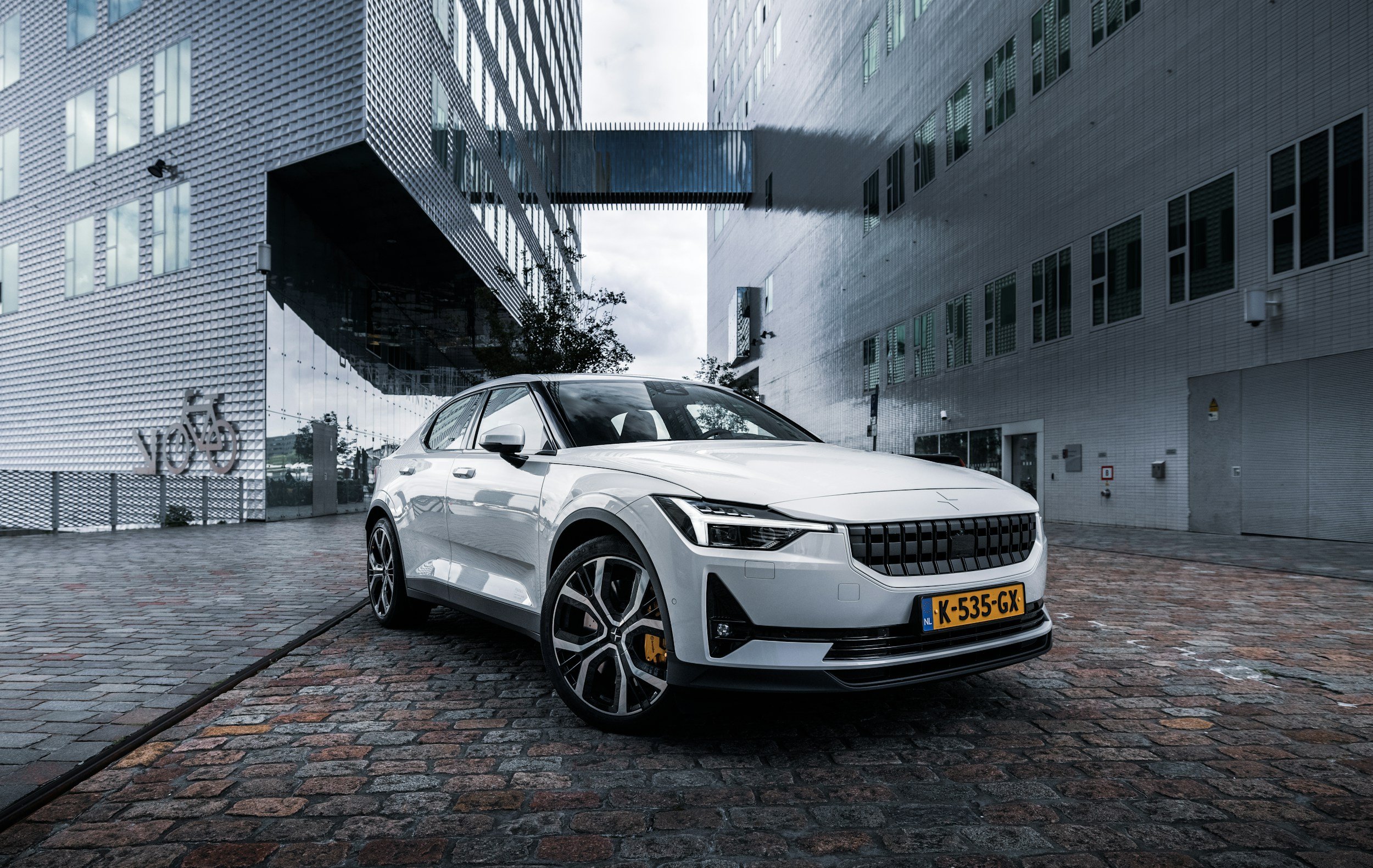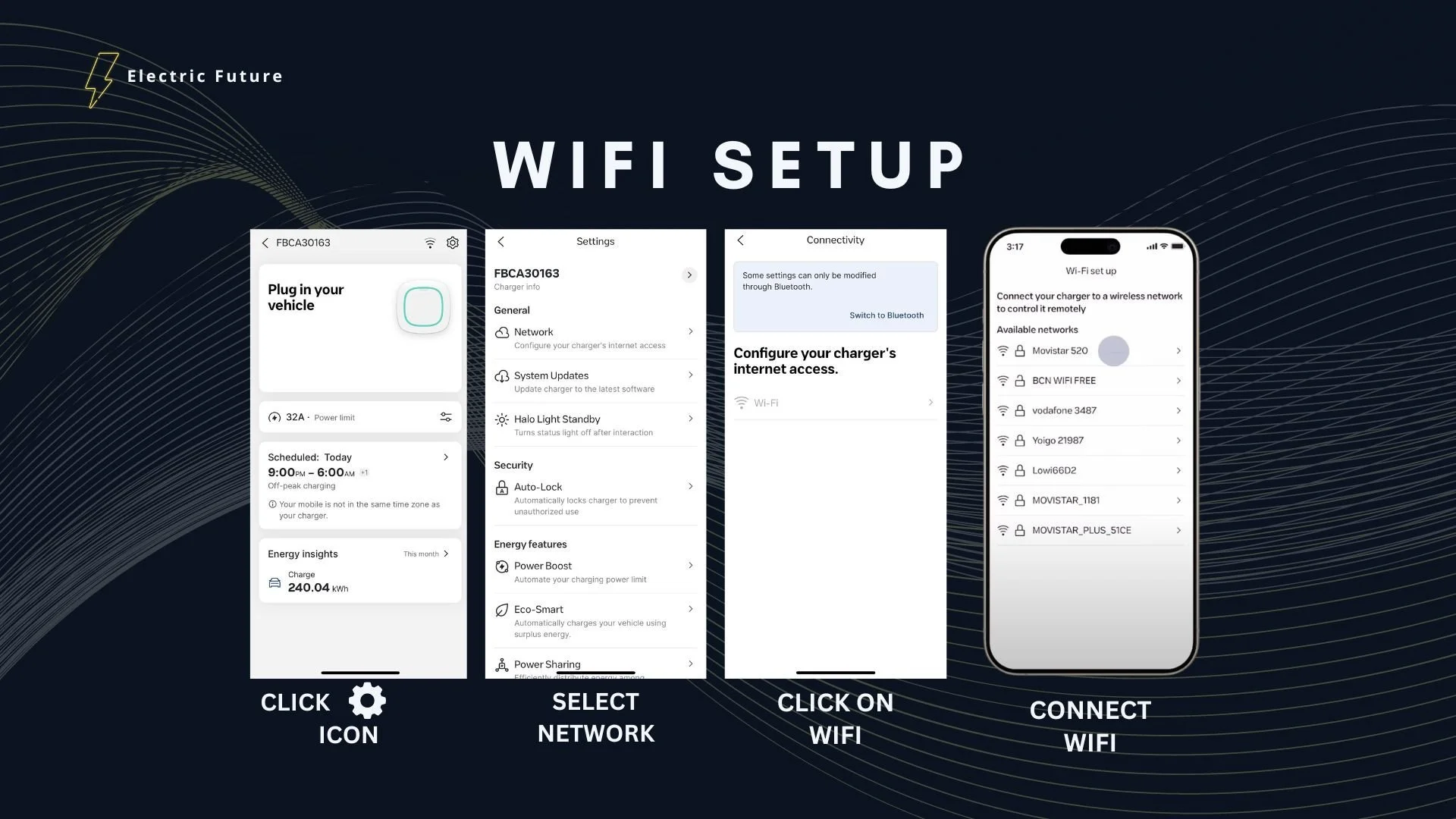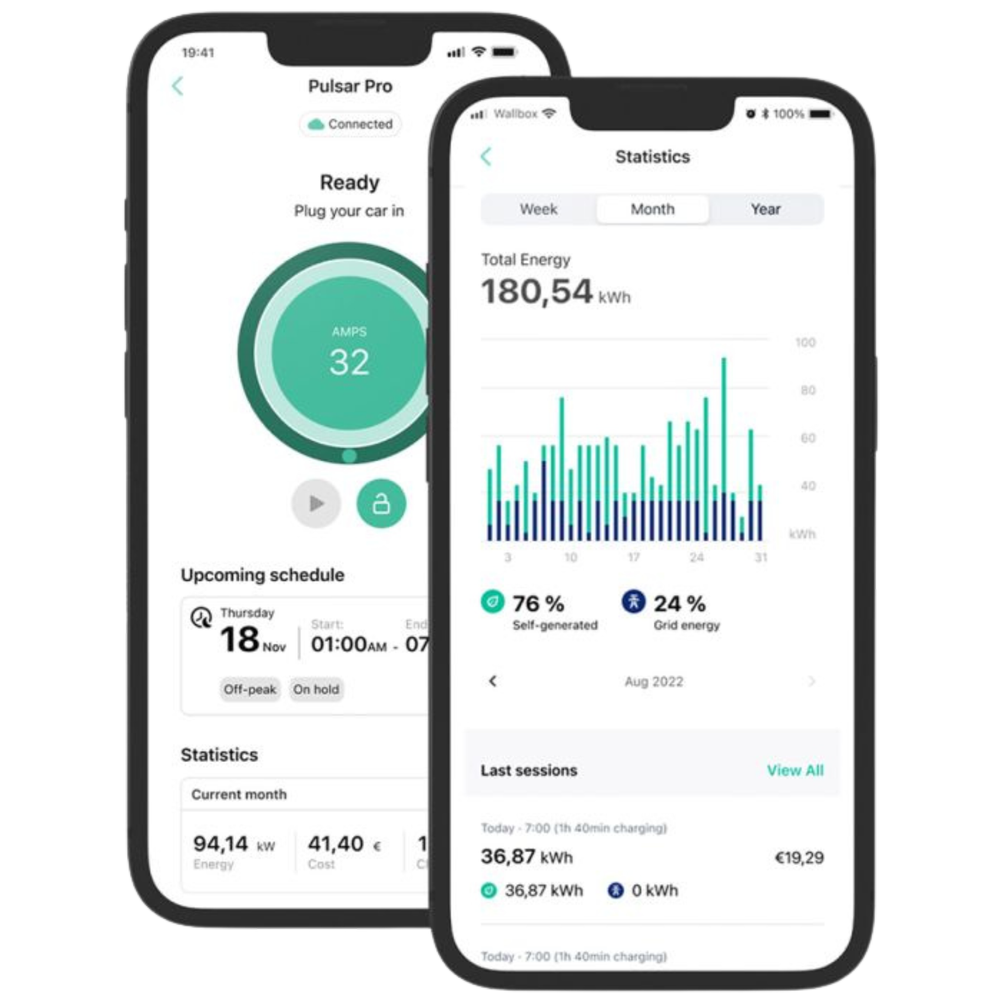
EV Pilot - Polestar 2
Polestar Videos
Before collecting your Polestar 2, we recommend watching the official video guides provided by Polestar. These short tutorials will help you become familiar with key features of the vehicle and may prompt helpful questions to raise at delivery.
Topics covered
Climate controls
Displays and voice control
Windows, glass and mirrors
Starting and driving
Wheels and tyres
Audio and media
Electric operation and charging
Maintenance and service
Keys, locks and alarm system
Lighting
Extra features
Driver support systems
Polestar Connect
Charging & Range
Home Charging
Hours to charge to 100%
Fast Charging
Minutes to charge from 10-80%
The information above helps us estimate:
How long to set charging durations for your Wallbox at home.
How long it will take to achieve a sufficient charge at public fast-charging stations.
A few things to keep in mind:
You may not need to charge the battery to 80–100% to get home — a partial charge is often enough.
On long trips, two shorter charging stops can be faster than one long charging session.
Polestar’s Tips to Maximise Battery Range
1. Plan Your Charge
Before a long trip, adjust your car’s charging settings to reach 100%. Once on the road, it’s often more efficient to make two shorter stops (charging to ~80%) than a single long one. The final 20% of a battery charges more slowly, so this also saves time.
2. Manage Your Speed
Smooth driving with less acceleration and deceleration helps extend your range.
Lowering your cruising speed can significantly reduce energy use. Polestar’s onboard Range Assistant lets you see the real-time impact of your driving habits.
5. Coast to a Stop
Allowing your Polestar to coast into a stop improves efficiency.
The one-pedal drive mode applies braking when you lift off the accelerator — disabling it allows the car to coast more freely when appropriate.
3. Pre-Heat & Pre-Cool
Use the pre-entry climate control while the vehicle is charging to heat or cool the cabin.
This prepares the car at optimal efficiency and improves driving range by reducing HVAC demand while on the road.
5. Travel Light
Remove unnecessary weight from the boot and avoid carrying unused items like roof racks.
Excess weight or drag increases rolling resistance and reduces energy efficiency.
4. Select Eco Climate
Activate the “Eco Climate” setting to reduce energy used for heating or cooling while driving.
This mode automatically adjusts climate settings to optimise range.
4. If It’s Cold, Plug In More Often
Cold weather affects battery performance.
Plug in more frequently to help the charger keep the battery warm. Otherwise, the battery must warm itself, reducing your effective range.
Vehicle Servicing
Every 30,000 km or 24 Month
Mercurien Pays For Servicing
Your Polestar 2 gets serviced every 30,000 kilometres or every 24-months - whichever comes first.The telematics installed into your vehicle feeds into our software administration system (fleetio) which then alerts us by an automatically generated email, and you (assuming you’ve accepted your invite into the system). We contact you and arrange the service to be conducted by Polestar or a Volvo dealership that has staff trained to service Polestar’s. Do NOT pay for the service yourself, the dealer is to call us and we pay via credit card and then they can release the vehicle to you.
Managing Fire Risk
Content below is based on Fire and Rescue NSW guidelines.
Minimise Risk
Make sure that your EV is identifiable by emergency services. There should be a blue “EV” sticker/badge on the number plate to indicate that it is an electric or hybrid vehicle. These stickers are there specifically to warn emergency responders of the presence of a high voltage battery. Information on the requirements is available from the NSW Government website.
When installing charging equipment, ensure the charging cable and/or unit is electrically compliant and installed by a qualified electrician to AS/NZS 3000 Electrical Installations “Wiring Rules”, Appendix P Guidance for Installation and Location of Electrical Vehicle Socket-Outlets and Charging Stations.
FRNSW recommends that a smoke alarm or a heat alarm is installed in Class 10a buildings (i.e. private garages) where an EV is regularly parked or charged. We recommend having a licenced electrician install interconnected mains-powered devices where possible. Check with the manufacturer or distributor to ensure device models are compatible for interconnection.
When charging your EV, only use extension leads and power sockets that are intended for use in the charging of electric vehicles. Always exercise caution when charging in wet weather, and especially during electrical storms.
If an Incident Occurs
Act quickly and make sure the parking brake is engaged and the vehicle is switched off before evacuating the vehicle of all passengers.
Keep clear of the vehicle and warn passers-by to keep at a safe distance (at least 30 metres), even if there is no visible smoke, vapours or flames.
Call Triple Zero (000) and inform the operator that the vehicle involved is an EV. Clearly detail the make and model of the vehicle, which will allow responders to access additional emergency information specific to the vehicle.
Ensure that remote keys cannot inadvertently start the vehicle.
If anyone has been exposed to spilled electrolyte, flying debris, smoke or vapours, or flames, seek urgent medical assistance. Burns should be immediately treated with cool running water for 20 minutes. Burns larger than a 20-cent piece require emergency care. Treat with cool running water immediately, call Triple Zero (000), and follow the advice of the operator.
Damaged EVs
A study conducted by Western Sydney University in July 2023 titled "Fire Incidents, Trends, and Risk Mitigation Framework of Electrical Vehicle Cars in Australia" suggests EV fires are even less frequent: according to the researcher's methodology, Australia experiences approximately six EV fires per million EVs, comparable to the global average.
This research suggests that if EV uptake follows the projected trend of reaching 1.7 million by 2030, there will be just 9-10 EV fire incidents in Australia that year.
Putting Fire Risk Into Perspective
Research and Statistics Into The Likelihood of Occurrence
Australian Research
An electric vehicle that has been involved in a collision, a fire, or has been submerged, must be treated with caution as the high voltage battery pack may be compromised. Damaged EV batteries may ignite hours, days, or even weeks after the initial incident.
Damaged EVs should be kept in an open area at least 15 metres from other vehicles, buildings, and/or other exposures.
Contact the sales point, service point or vehicle manufacturer for advice.
Do not charge or use the vehicle unless it has been inspected and cleared by a qualified technician.
International Insurance Statistics
A 2022 analysis by insurance company AutoinsuranceEZ showed that based on US-based National Transport and Safety Board data:
ICE vehicles are 60 times more likely to catch fire than electric vehicles and
Hybrid vehicles are 138 times more likely to catch fire
Wallbox Wifi Setup
If you have solar installed, you can view the mix of self-generated solar power and grid-supplied electricity in the statistics section of your mobile app.
Home Charging vs Public Charging
Home Charging
Generally Less Expensive
Why?
Greater control over timing: charging can be scheduled to avoid peak electricity tariffs.
Lower capital costs (Capex) to install chargers.
Lower operating costs (Opex) to maintain chargers.
No commercial profit margin.
Note: Once you exclude the Daily Supply Charge (which applies regardless), the cost per kilowatt-hour (c/kWh) for home charging is often significantly lower than that of public charging.
Public Charging
Generally More Expensive
Why?
Chargers must be available 24/7, so energy is often purchased at peak wholesale prices.
Higher capital costs (Capex) for installation.
Higher operating costs (Opex) for maintenance and servicing.
A commercial profit margin is typically added.
Note: The added Capex, Opex, and profit margin can increase the retail price by up to 30c/kWh, on top of the 25–30c/kWh cost the provider pays for the electricity itself.
Charging Etiquette
To keep charging stations accessible and considerate for all EV drivers, please follow these simple guidelines:
Park only while charging. Don’t occupy a charging bay once your session has finished.
Move promptly when done. Be mindful of others who may be waiting to charge.
Avoid unplugging others' vehicles. Only do so if you’ve been given permission or the station clearly allows it.
Use the right charger for your needs. If your EV doesn’t need a high-speed charger, leave it free for others who do.
Keep cables tidy. Re-wrap the charging cable after use to avoid trip hazards or damage.
Report faults. If a charger isn’t working, notify the operator via the app or help number.
Let’s work together to make public EV charging smoother and more respectful for everyone.
Environment & Range Guidance
Air Conditioning
Use Sensibly
In the Australian climate, Air Conditioning (A/C) is a valuable tool to reduce driver fatigue. However, the use of A/C or heating can reduce the range of your vehicle. So, the A/C temperature should not be set too cold or too hot; please set an appropriate temperature to reduce energy consumption.
When the power battery charge is low, it is recommended to reduce the use of A/C to increase the range of the vehicle.
Please switch off the A/C as soon as it is not needed.
Wet Weather
Can Reduce Range By 5-10%
Bad weather can impact energy/fuel consumption on both EVs and conventionally powered vehicles by 5% to 10%*. This is because, with the exception of very light drizzle, wet weather increases the rolling resistance between your tyres and the road.
When conditions are wet then we recommend factoring reduced range into your trip planning.
Some people report better fuel consumption figures in wet weather - probably due to them driving to the conditions: lower speed; lower RPM.
Hilly Terrain
Can Reduce Range By 10-20%
If the trip is mostly uphill, an average EV with a weight of 2 tons consumes roughly 7 kWh for 1000 meters of altitude (about 2 kWh per 1000 ft). Driving down the hill, some 50%-70% of that energy can be regenerated back.
All in all, compared to a flat terrain, hills reduce the range (in most cases) by about 10%-20%, please factor that into your trip planning.
Windy Conditions
Can Reduce Range
Windy weather can negatively a vehicle’s aerodynamics, increasing fuel/energy consumption and reducing range.
When conditions are windy then we recommend factoring reduced range into your trip planning.


